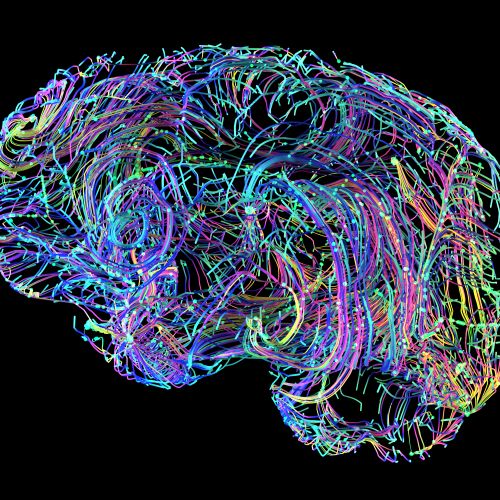GANocracy: Democratizing GANs
Once an obscure machine learning technique, generative adversarial networks, or GANs, are now everywhere. By pitting one neural network against another, GANs can create images and sounds convincing enough to fool the human eye and ear. GANs have made computer graphics come alive and given artists new tools for expression. The synthetic data produced by GANs are helping researchers fill in the gaps in streams of data to create more realistic simulations and make better predictions. GANs may also hold potential for protecting the anonymity of personal data and testing AI models for bias. But as GANs grow in popularity, so have concerns about their misuse.
This workshop will focus on the promise of GANs and include discussion of how we can exploit their benefits while minimizing their potential harm. Topics will include the nuts and bolts of generative models, their applications, generative art, and the science and theory of GANs. We will also discuss technical solutions like “GANtidotes” to detect and protect against dangerous uses.
The event will feature tutorials, talks, a panel discussion, a poster session, and refreshments. It will be live-streamed from 12:00–6:00pm and tutorial content will be made available on our tutorial webpage.
Speakers
-
 Class of 1948 Career Development Professor, Department of Electrical Engineering and Computer ScienceComputer Science and Artificial Intelligence Laboratory
Class of 1948 Career Development Professor, Department of Electrical Engineering and Computer ScienceComputer Science and Artificial Intelligence Laboratory- Computer Vision
- AI Explainability
- Machine Learning
-
-
-
-
-
-
-
-
-
-
-
-
-
-
Schedule
Date: Friday, May 31, 2019 | MIT Building 46 (BCS Atrium and Singleton Auditorium) and Building 34 (34-101)
Date: Friday, May 31, 2019
Time: 8:30am–7:00pm
Where: MIT Building 46 (BCS Atrium and Singleton Auditorium) and Building 34 (34-101)
Live-stream: Available here from 12:00–6:00pm
Coffee: (Outside 34-101)
GAN Tutorial: (Inside 34-101) Katherine Gallagher, David Bau, Alex Andonian, Hendrik Strobelt Hands-on session to get acquainted with GANs:
State of the Union: an introductory overview to GANs and current popular architectures [Slides]
Exploring a Generator with GANdissect: GAN interpretable analytics, dissection and creativity [Slides]
Training a GAN: a how-to walkthrough on training GANs using Jupyter notebooks [Notebook]
GANtidotes: methods for discouraging and mitigating antagonistic use of GANs
Posters and Gathering
(BCS Atrium
Opening
(Singleton Auditorium)
Workshop Organizers
Keynote
(Singleton Auditorium)
Alyosha Efros – Reasons to Love GANs [Slides,Video]
Generative Models: Science and Theory
(Singleton Auditorium)
Sanjeev Arora – New theoretical framework for unsupervised learning [Slides,Video]
Mihaela Rosca – Training Language GANs from Scratch [Slides,Video]
Sasha Rush – Controllable Text Generation [Slides, Video]
Antonio Torralba – GAN Dissection: Visualizing and Understanding Generative Adversarial Networks [Video]
Coffee and Posters
(BCS Atrium)
Generative Models: Arts
(Singleton Auditorium)
Helena Sarin – Playing a game of GANstruction
Mauro Martino – The "aesthetics of the passage" - the evolution of pictorial and sculptural language through GANs [Slides,Video]
Aaron Hertzmann – Can Computers Create Art? [Video]
Break
Generative Models: Applications
(Singleton Auditorium)
Judy Hoffman – Adversarial Domain Adaptation [Slides]
Emily Denton – Leveraging GANs for fairness evaluations [Slides]
Phillip Isola – Toward visual definitions of cognitive impressions [Slides]
Bolei Zhou – Discovering and Manipulating Facial Attributes in High-fidelity Image Synthesis [Webpage]
Panel Discussion with Speakers
(Singleton Auditorium)
Moderator: Aude Oliva
Posters and Reception
(BCS Atrium)



















